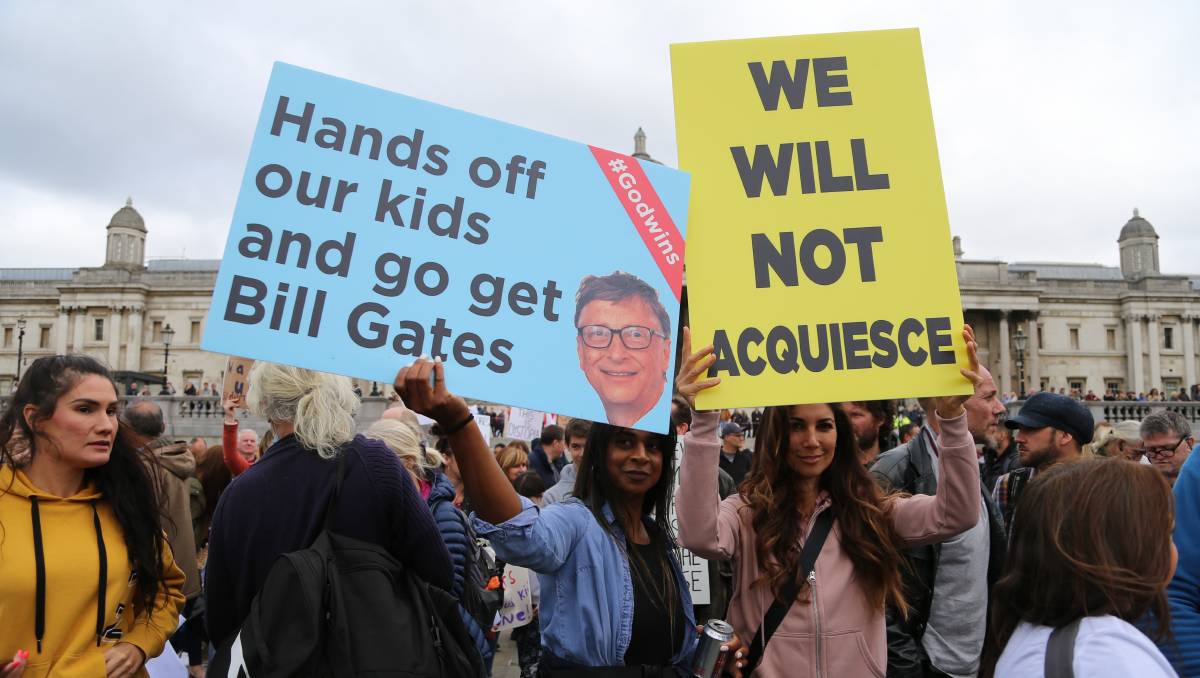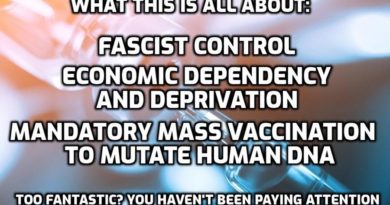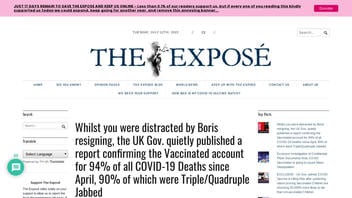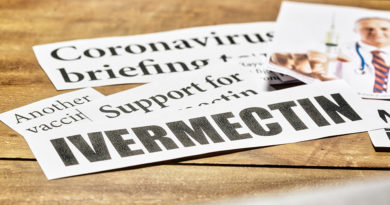There is no COVID deaths conspiracy – and it’s dangerous to say there is

In recent weeks, I’ve noticed a shift in how people talk about COVID-19.
Where once we simply declaimed the various inconveniences and anxieties associated with the coronavirus, I am increasingly told that, in fact, we are all overreacting, that the virus is not that bad.
Six months deep into the pandemic, it would seem we’re growing impatient.
Last week, former Victorian premier Jeff Kennett tweeted: “Sorry I simply do not believe the figures being quoted of those senior citizens dying because of COVID 19. I am sure many are ‘dying with COVID but not of it’.”
I sympathise with his unwillingness to believe. A world in which COVID-19 is killing fewer people than we feared it would is, by any measure, an appealing one. But, alongside many others, Kennett’s rejection is grounded not in the evidence before him, but in his image of the world as he’d prefer it to be.
Sorry I simply do not believe the figures being quoted of those senior citizens dying because of COVID 19.
I am sure many are “dying with COVID but not of it”— Jeff Kennett (@jeff_kennett) September 4, 2020
This scepticism regarding the severity of the pandemic is widely held. Its proponents range from those who feel the economic cost of restrictions is not worth the lives saved, to those committed to the fantasy that COVID-19 is an entirely fabricated conspiracy, motivated by a global cabal’s desire to install microchips in our bodies via vaccines.
Although these theories vary wildly in their reasonableness, they share a basic foundation: commitment to a vision that lets the theoriser feel as if they might regain control in a world that is veering off course; a feeling that they, unlike the masses whom they chide, will remain unswayed by the irrational emotionality that causes the rest of us to not want to be incapacitated, die, or have our loved ones die, due to a nightmarish respiratory illness.
In the last week or so, a statistic declaring that “COVID-19 was the only cause mentioned” for just 6 per cent of coronavirus deaths reported in the US has been circulating online. For those invested in playing down the pandemic’s danger – either for the sake of justifying the loss of life a return to routine existence would entail, or because they cannot bear to witness its consequences – this data point proved ripe for misinterpretation.
I first saw the number on Instagram, the poster expressing confusion that the government wasn’t making a bigger deal out of this fact, imploring her friends to be less anxious about the threat of the disease. The gentle scolding of the anxious ignored those gasping for air in intensive care, and it ignored their loved ones. It failed to account for the variety of new studies suggesting a significant percentage of those who contract COVID-19 suffer some form of brain damage. And it ignored the alternative scenarios playing out around the world in countries such as the US.
It requires no great struggle to understand why Kennett or Trump or Creighton or the uncountable underinformed on Instagram and Facebook spread dangerous misinformation.
Naturally, Donald Trump also grasped at the statistic, spinning it as evidence that his catastrophic failure to keep Americans safe is in fact not as catastrophic as you might have thought. The post he retweeted, which suggested the CDC was admitting only 6 percent of previously reported deaths were actually caused by COVID-19, was correctly deemed to be misinformation and deleted by Twitter.
Adam Creighton, The Australian‘s economics editor and a relentless critic of lockdowns, also bought into the false narrative, using the number to support his argument that the virus is in fact “much less deadly than feared”.
Here’s the thing. Using the 6 per cent statistic to suggest this virus is not a significant threat is like saying that my dying by falling off a cliff is only partially attributable to the fall, because my soft flesh and brittle bones contributed to my being killed on impact – and therefore falling off cliffs is no big deal.
The number does not mean that the 94 per cent of people with comorbidities would have died regardless of whether they contracted the virus. Comorbidities include asthma, diabetes and obesity. COVID-19 deaths are, as we all know, particularly prevalent among the elderly, in which the presence of a comorbidity is common.
A more useful criteria to understand the impact of the virus is “excess death”, which measures deaths in comparison to the historical trends, capturing deaths that likely would not have otherwise occurred.
In the US, excess deaths measured from March to mid-August this year exceeded 200,000.
READ MORE:
One of the least interesting political remarks one can make, these days, is that we are unprecedentedly polarised, and that what is required to solve our various global crises is a capacity to see things from another point of view.
It requires no great struggle to understand why Kennett or Trump or Creighton or the uncountable underinformed on Instagram and Facebook spread dangerous misinformation. It is because our systems of communication, the things that make us popular and gratified, reward knowingness above all else. In this case, they reward an assessment which makes palatable the conclusion that the dead and dying can be weighed against the supremacy of the economy and come up short.
Cases of COVID-19 occur disproportionately in nursing homes and prisons, places that compartmentalise those our society does not easily accommodate. Within their walls, we accept a higher level of suffering than we do beyond them, and it remains easy to accept because we avert our gaze.
When we distort truth in order to proclaim that, in fact, things aren’t as bad as they seem, we are simply seeking reasons to look away from our discomforting, disordered reality, to turn towards a fantasy in which we do not need to choose between transforming our lives and letting people die.
- Dan Dixon is a writer who teaches at the University of Sydney. He writes about literature, culture, politics, and America.
*** This article has been archived for your research. The original version from The Canberra Times can be found here ***


